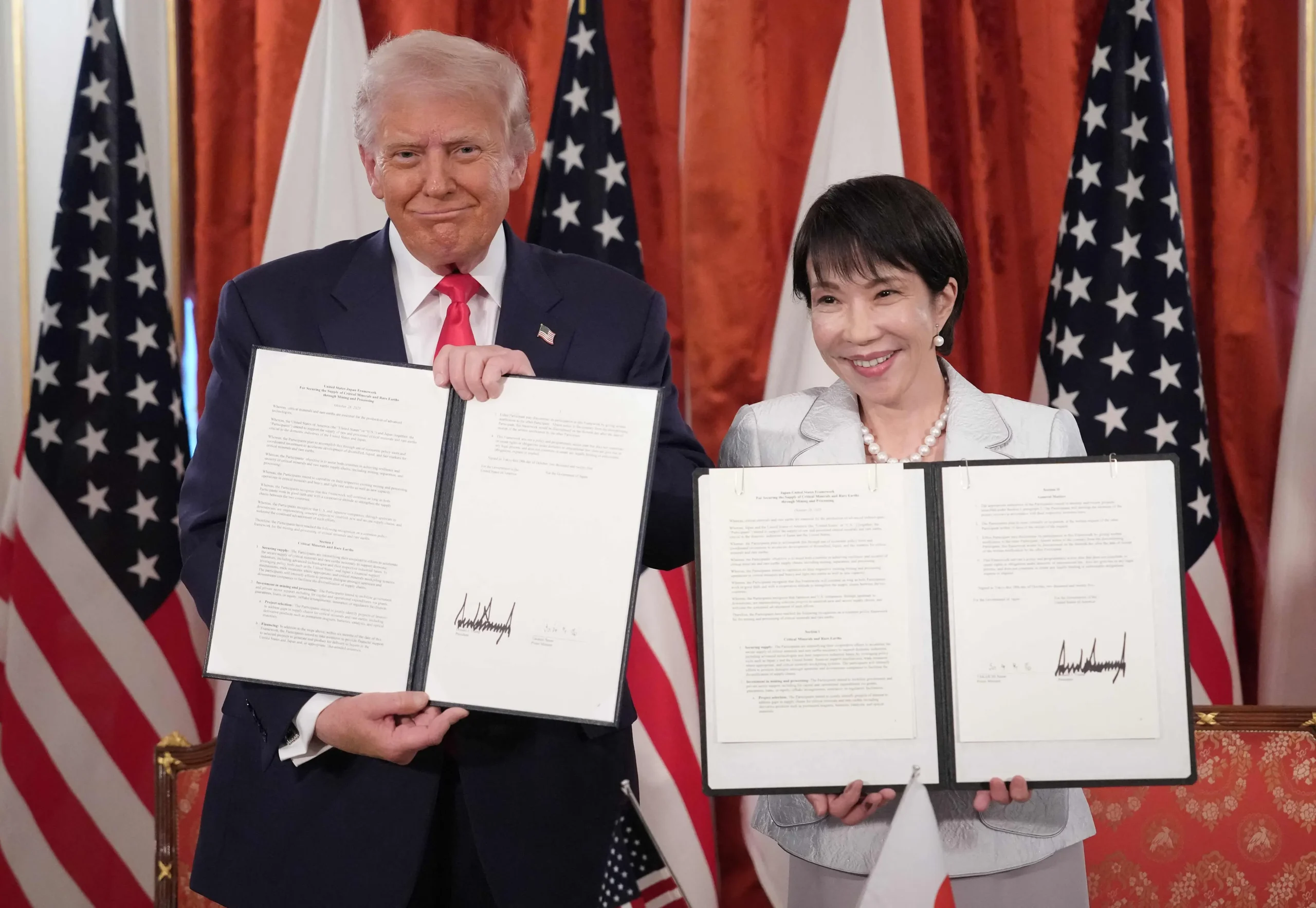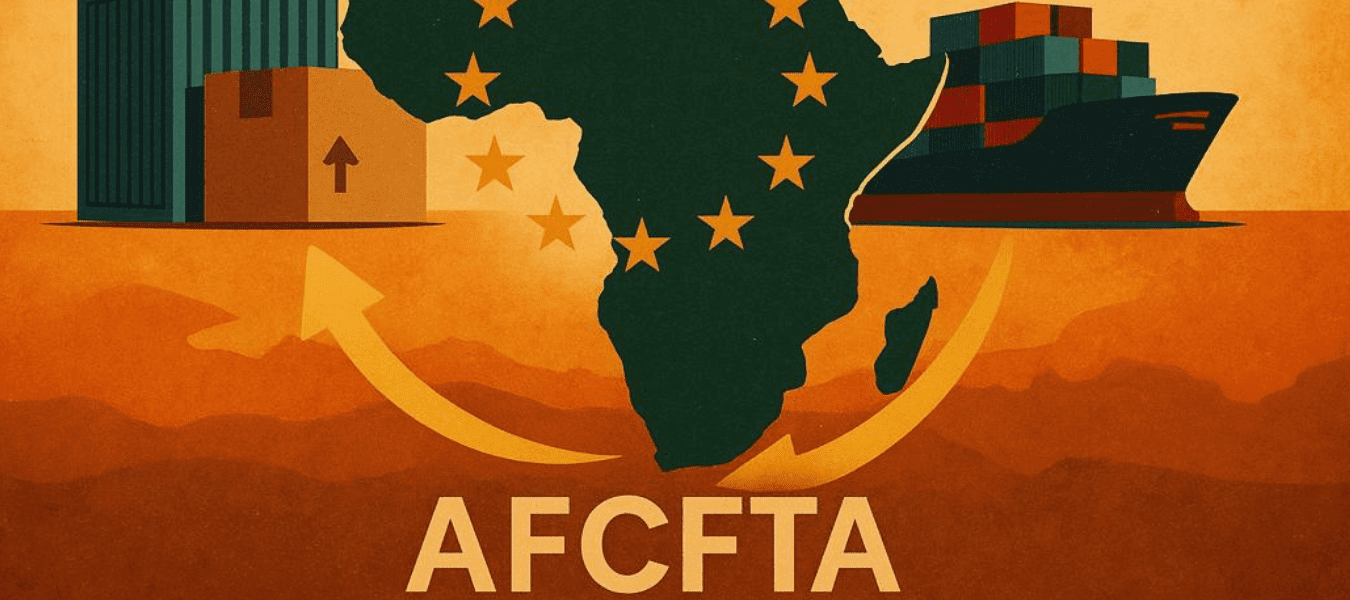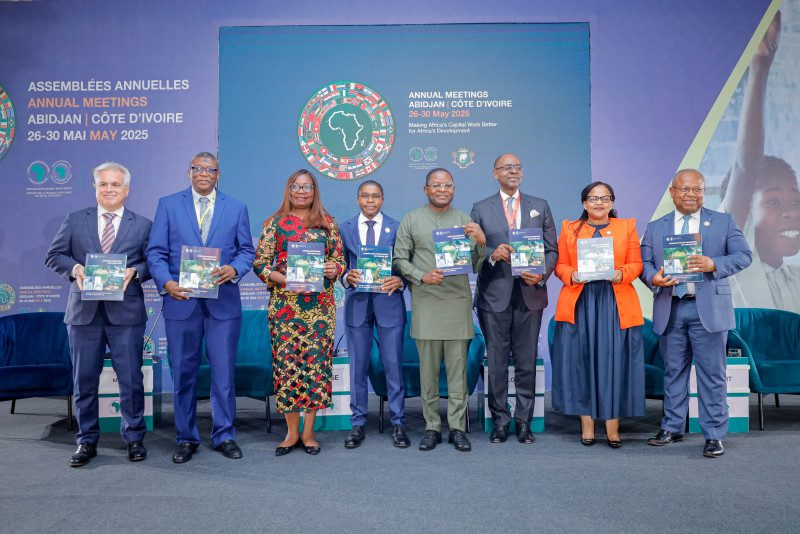

Tuesday 28th October 2025
by inAfrika Newsroom
A new rare earths deal between the United States and Japan is meant to secure the supply of critical minerals for defense, batteries, and clean energy industries, officials said. U.S. President Donald Trump and Japanese Prime Minister Sanae Takaichi signed the framework agreement in Tokyo on October 28. The agreement covers joint investment in mining and processing, faster permits, and stockpiling of rare earth elements.
Both leaders described the rare earths deal as an economic security move. They said Beijing still dominates global refining of rare earths and critical minerals used in electric vehicles, high-performance magnets, fighter jets, and missiles. Moreover, Washington and Tokyo agreed to coordinate policy and financing to build alternative supply chains so that production does not depend on China.
The White House said the rare earths deal will include “deregulated and accelerated” licensing for new projects, including mining and processing plants. In addition, the two governments will explore shared strategic stockpiles. Officials said stockpiles can absorb shocks if China restricts exports or if conflict disrupts shipping.
Trump’s Asia trip also includes stops in South Korea and a planned meeting with Chinese President Xi Jinping. The timing matters. Washington is under pressure from U.S. manufacturers, who warn that supply gaps in magnets, battery metals, and specialized alloys could slow defense production and delay clean-energy rollout. Tokyo, meanwhile, is under pressure from the U.S. Treasury to scale back imports of Russian LNG, which still accounts for about 9% of Japan’s gas supply. Therefore, both sides are trying to show that energy security and mineral security now sit in the same strategy.
Japan’s first female prime minister, Sanae Takaichi, took office earlier this month. She is using this meeting to frame Japan as the United States’ most reliable Indo-Pacific partner on industrial policy. Moreover, she did so while signaling that Japan wants a bigger say in how the U.S. treats tariffs and technology controls going forward.
For Africa, the rare earths deal matters in two direct ways. First, U.S. and Japanese buyers are already looking to Africa for graphite, cobalt, copper, niobium, and heavy rare earths. Those minerals sit in countries such as the DRC, Tanzania, Zambia, Namibia, and South Africa. Second, if Washington and Tokyo move fast on finance and offtake contracts, African producers could negotiate better prices and longer-term purchase agreements. Analysts said this could shift leverage away from Chinese refiners, who often set terms at the mine gate.
However, there is a risk. Western-backed projects often take longer to approve because of environmental and social rules. China can move faster, even if communities later complain about land impact. If the U.S.–Japan rare earths deal cannot overcome that timeline problem, African governments may still choose Chinese partners for speed


